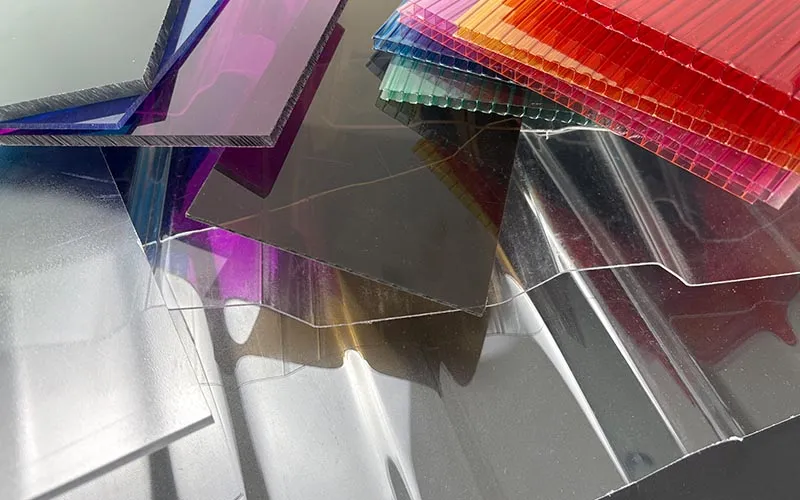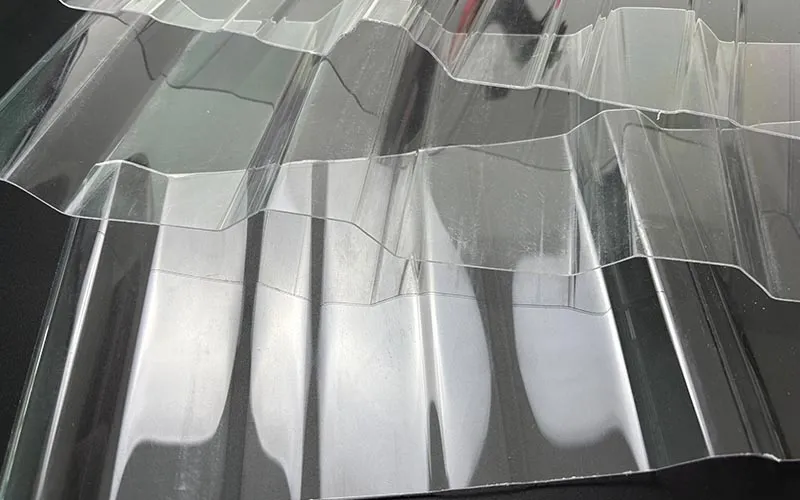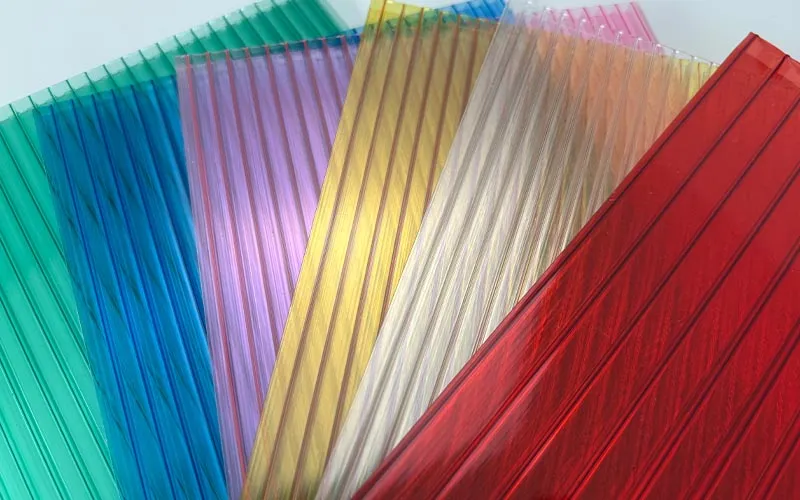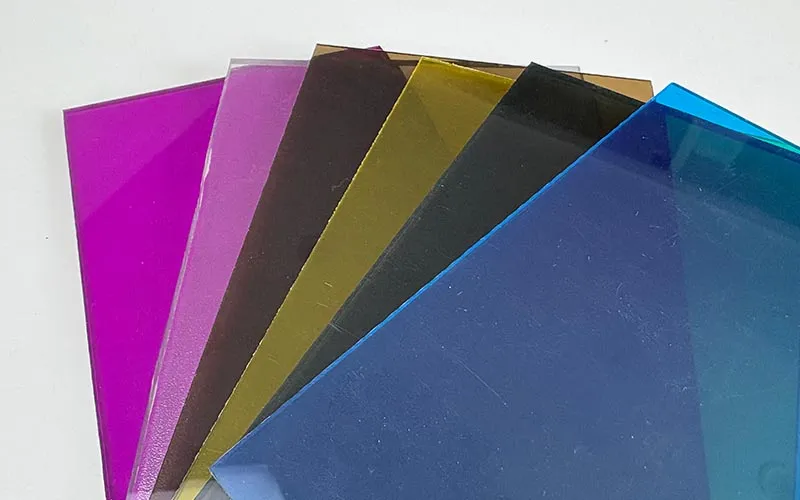
Polycarbonate Sheets for Greenhouse
Building a durable, efficient, and productive greenhouse starts with choosing the right cladding material. Among the options, polycarbonate greenhouse panels have become the gold standard for modern gardeners, offering superior durability, insulation, and light diffusion compared to glass. But did you know there are three main types? Understanding the differences between solid, twin wall, and corrugated polycarbonate sheets for greenhouse projects is key to making the right choice for your structure.
Why Choose Polycarbonate Panels for Your Greenhouse?
Before diving into the types, it’s important to know why polycarbonate is a superior material. Compared to glass, polycarbonate roof panels for greenhouse structures are significantly lighter, virtually unbreakable, and offer much higher thermal insulation (R-value). This helps retain heat in the winter and reduces heat gain in the summer. Most quality panels also feature a UV-resistant coating to protect your plants and prevent the panels from yellowing over time.



Twin Wall / Double Wall Polycarbonate Panels
This is the most popular and versatile choice for greenhouses. Also known as double wall polycarbonate greenhouse panels, they consist of two parallel walls separated by vertical ribs, creating insulating air pockets.
Twin Wall Polycarbonate Greenhouse Panels: The Ultimate Guide >>
Best For: Roof & Walls (The All-Round Champion)
Roof: Excellent choice. Its insulation properties prevent heat from escaping, creating a stable environment.
Walls: Perfect for vertical applications, providing great insulation and diffused light.
Advantages:
Superior Insulation: The air gap between the walls provides exceptional thermal efficiency, reducing heating costs.
Excellent Light Diffusion: Scatters sunlight evenly, eliminating harsh shadows and preventing plant scorch.
High Impact Resistance: Much stronger than glass, able to withstand hail and accidental impacts.
Lightweight: Easy to handle and install on various frame types.
Common Sizes & Thicknesses: You will often find 4×8 polycarbonate greenhouse panels as a standard size. Popular thicknesses include 6mm polycarbonate greenhouse panels (good for general use) and 8mm polycarbonate greenhouse panels (better for colder climates or larger structures). Twin wall polycarbonate panels for greenhouses are the industry standard for a reason.
For Maximum Insulation & Diffusion (Best Overall Performance): Choose twin wall polycarbonate panels for greenhouses. They are the perfect choice for both the roof and walls of a hobby greenhouse, providing the best environment for plant growth while saving on energy costs. Look for 6mm or 8mm polycarbonate greenhouse panels for optimal performance.
Solid / Flat Polycarbonate Panels
These are single-layer, dense sheets that resemble glass but are much stronger. They are available in various thicknesses, such as 4mm polycarbonate greenhouse panels.
Lexan polycarbonate sheet: a versatile material with outstanding performance
Best For: Walls & Side Panels
Roof: Generally not recommended for curved roofs and offers poor insulation compared to multi-wall options.
Walls: Ideal for creating clear, transparent walls on the sides or lower sections of a greenhouse where you want an undistorted view of your plants.
Advantages:
Crystal-Clear Transparency: Provides a glossy, glass-like appearance with optically clear views.
Very High Impact Resistance: The strongest single-sheet option, often marketed as “unbreakable.”
Easy to Clean: A flat, non-porous surface makes cleaning simple.
UV Resistant: High-quality solid sheets come with UV protection.
For clarity and Strength on Walls/Sides: Choose solid polycarbonate sheets for greenhouse projects where you want a clear view. 4mm polycarbonate greenhouse panels are a common and cost-effective choice for this application.
Corrugated Polycarbonate Panels
These panels feature a classic wavy or ribbed pattern. They are single-wall sheets but gain structural strength from their corrugated design.
Best For: Roofing (Traditional Choice)
Roof: Excellent for traditional pitched roof designs. The channels allow for easy water runoff and snow shedding.
Walls: Can be used for walls but offers less insulation than twin wall options.
Advantages:
Great Structural Strength: The wavy pattern provides rigidity, allowing it to span longer distances between supports.
Excellent Water Runoff: The design is ideal for efficiently channeling rain and melting snow off the roof.
Cost-Effective: Often more affordable than twin wall panels, providing a good balance of strength and price.
Good Light Transmission: Allows plenty of light into the greenhouse.
For a Cost-Effective, Strong Roof on a Budget: Choose corrugated polycarbonate roof panels for greenhouse structures. They are incredibly durable and perfect for shedding rain and snow.





